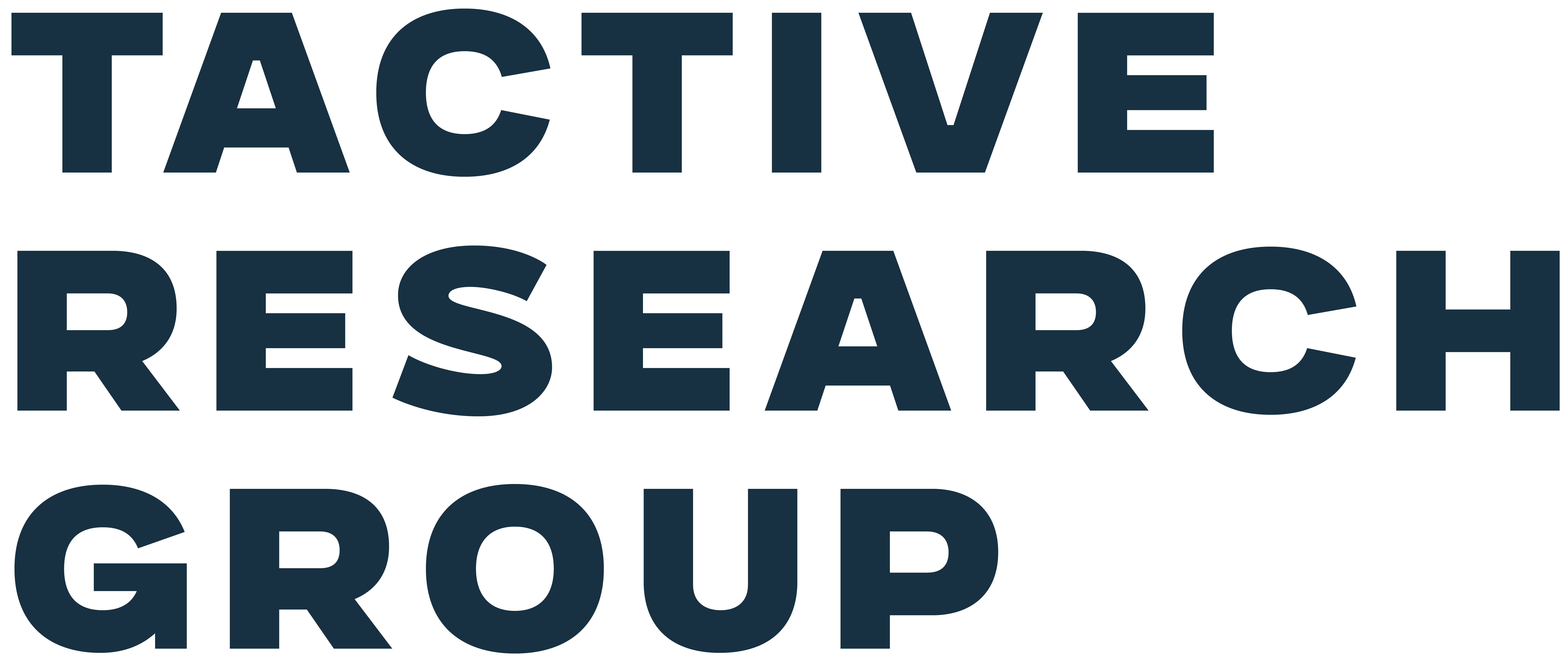Small and medium-sized enterprises (SMEs) face an increasingly complex cyber landscape. Gone are the days when attackers relied solely on phishing emails or simple malware. Today’s threat actors harness generative AI to launch highly sophisticated, multi-stage campaigns that evade traditional defenses. According to the CrowdStrike 2025 Global Threat Report, the average breakout time (the interval between initial compromise and lateral movement) has decreased to just 48 minutes, with the fastest observed case taking as little as 51 seconds. Security Operations Center (SOC) analysts inSMEs, which are often teams of just one to three people, are under immense pressure. They work around the clock to triage multiple alerts, investigate incidents, gauge severity, enrich context, and coordinate response actions. A report by CRITICALSTARTS states that over 70% of SOC professionals investigate over 10 alerts daily, of which more than half are false positives. Additionally, …

